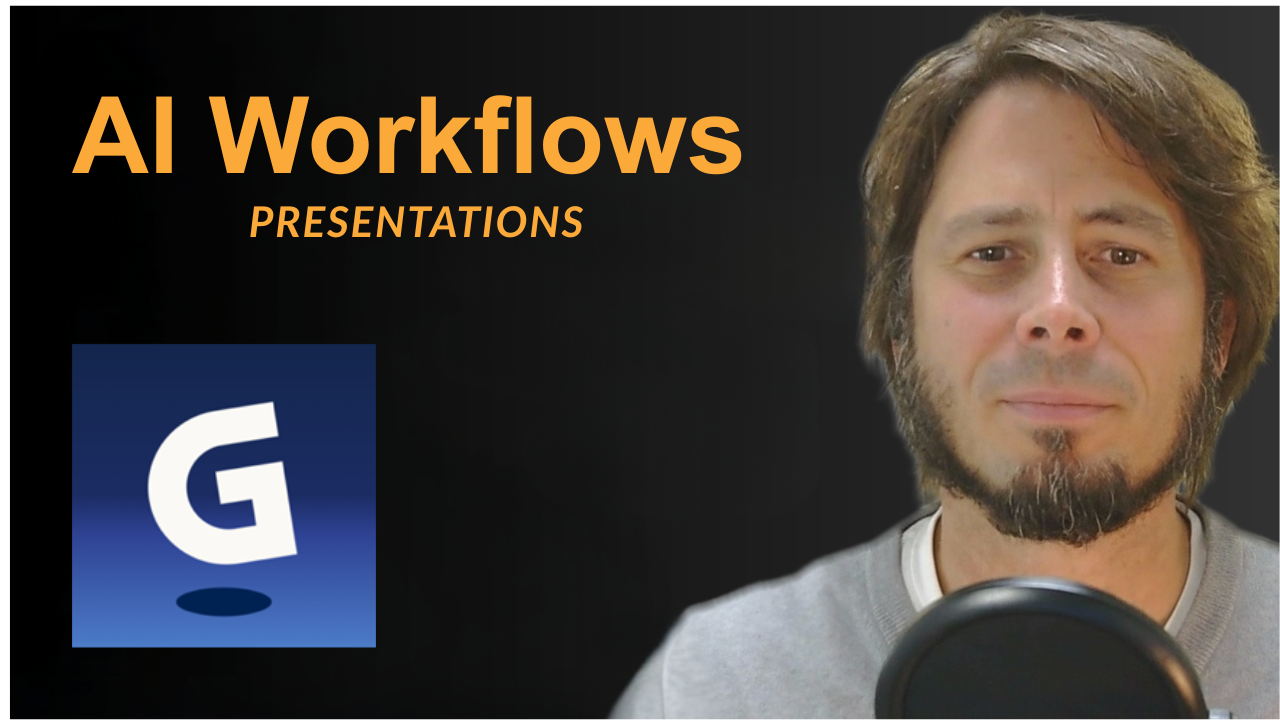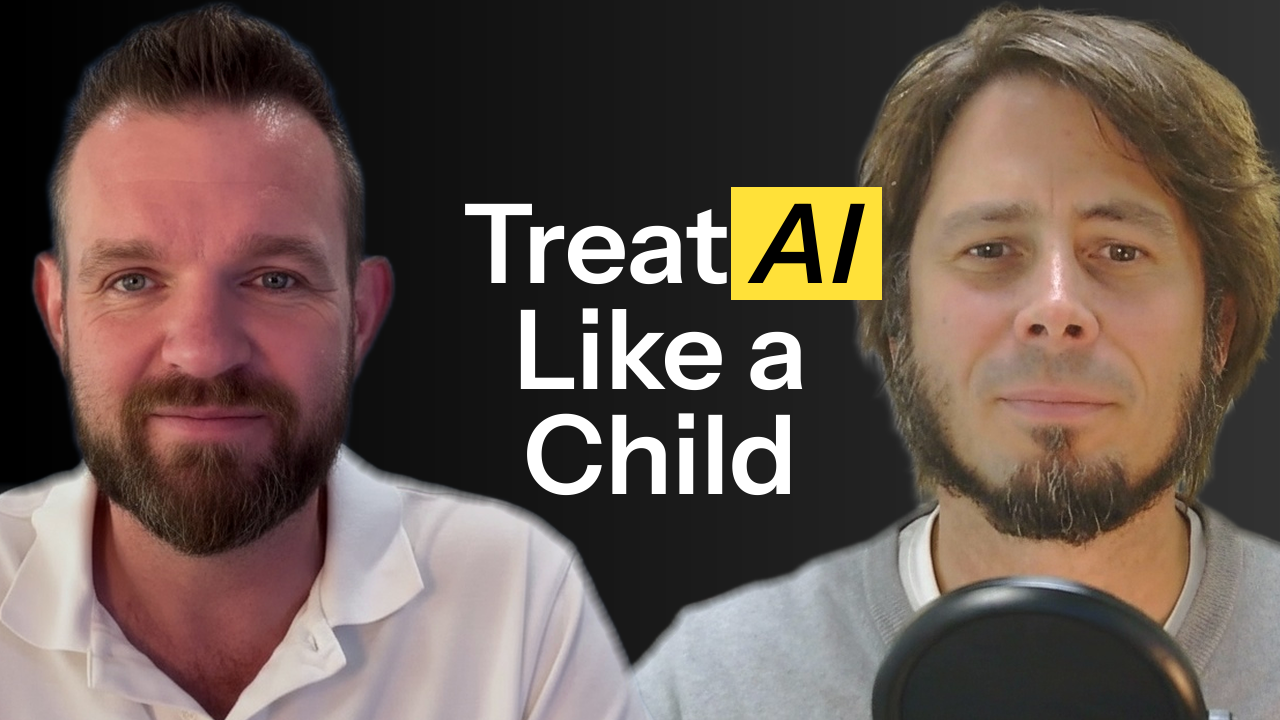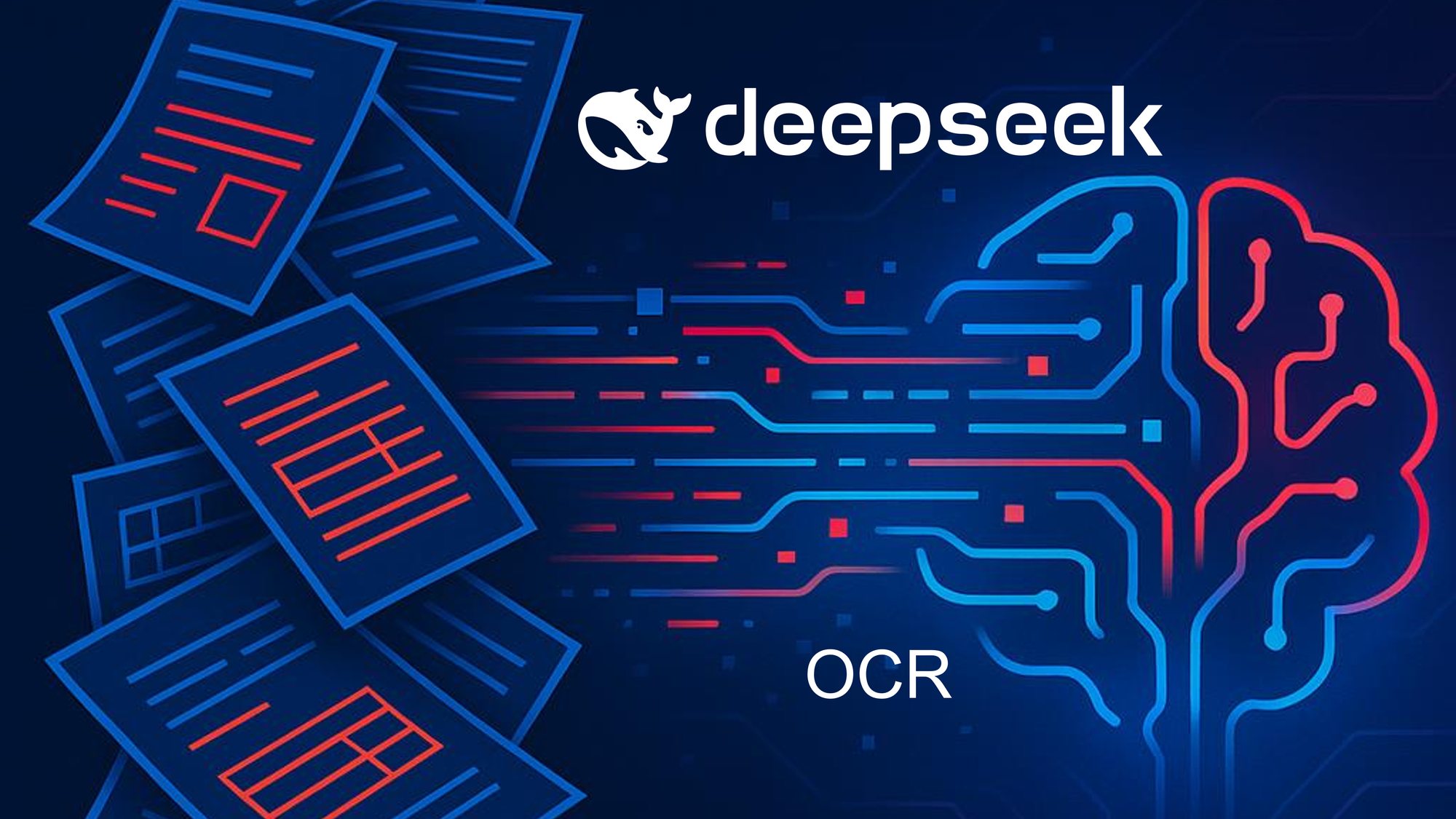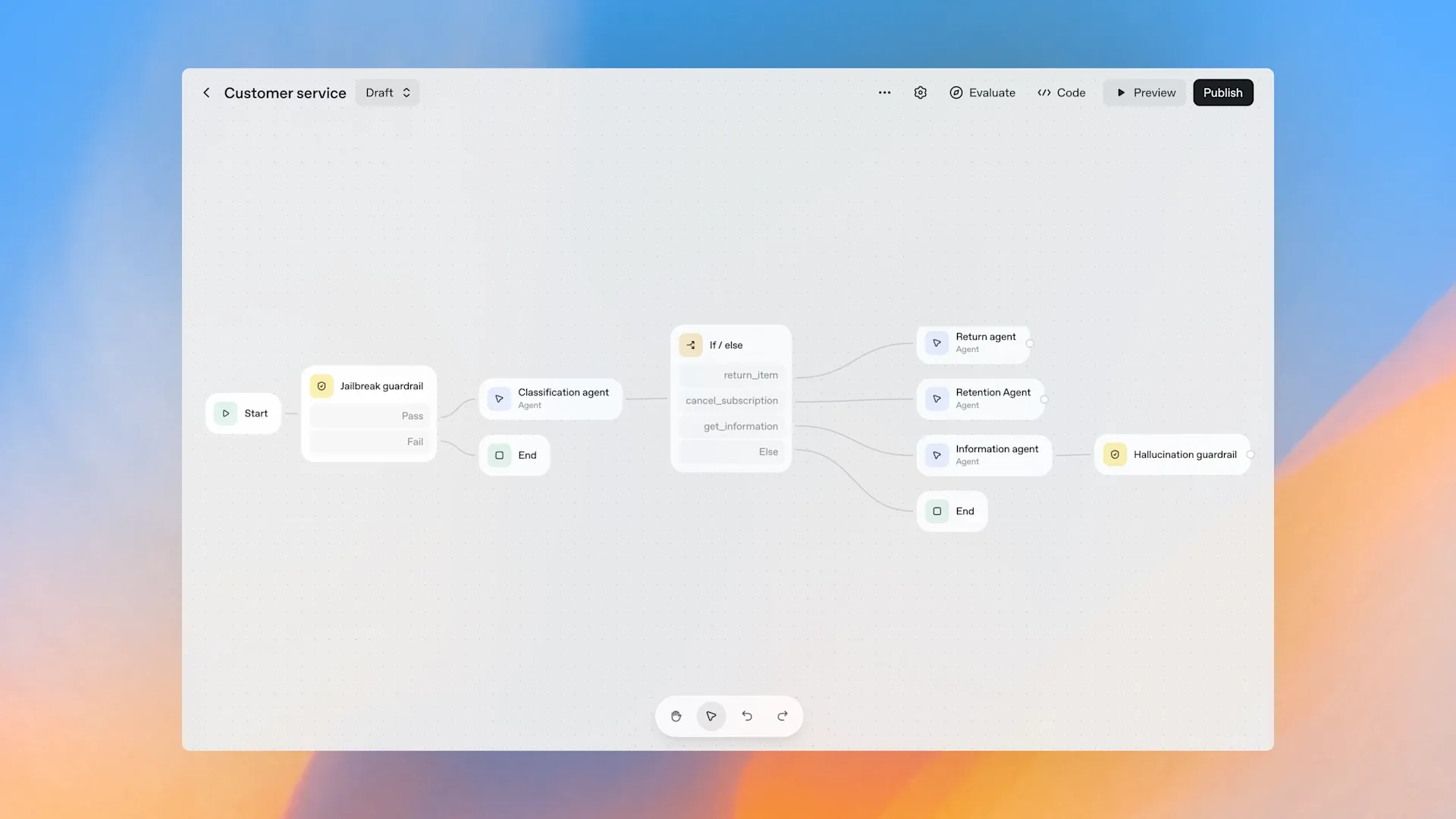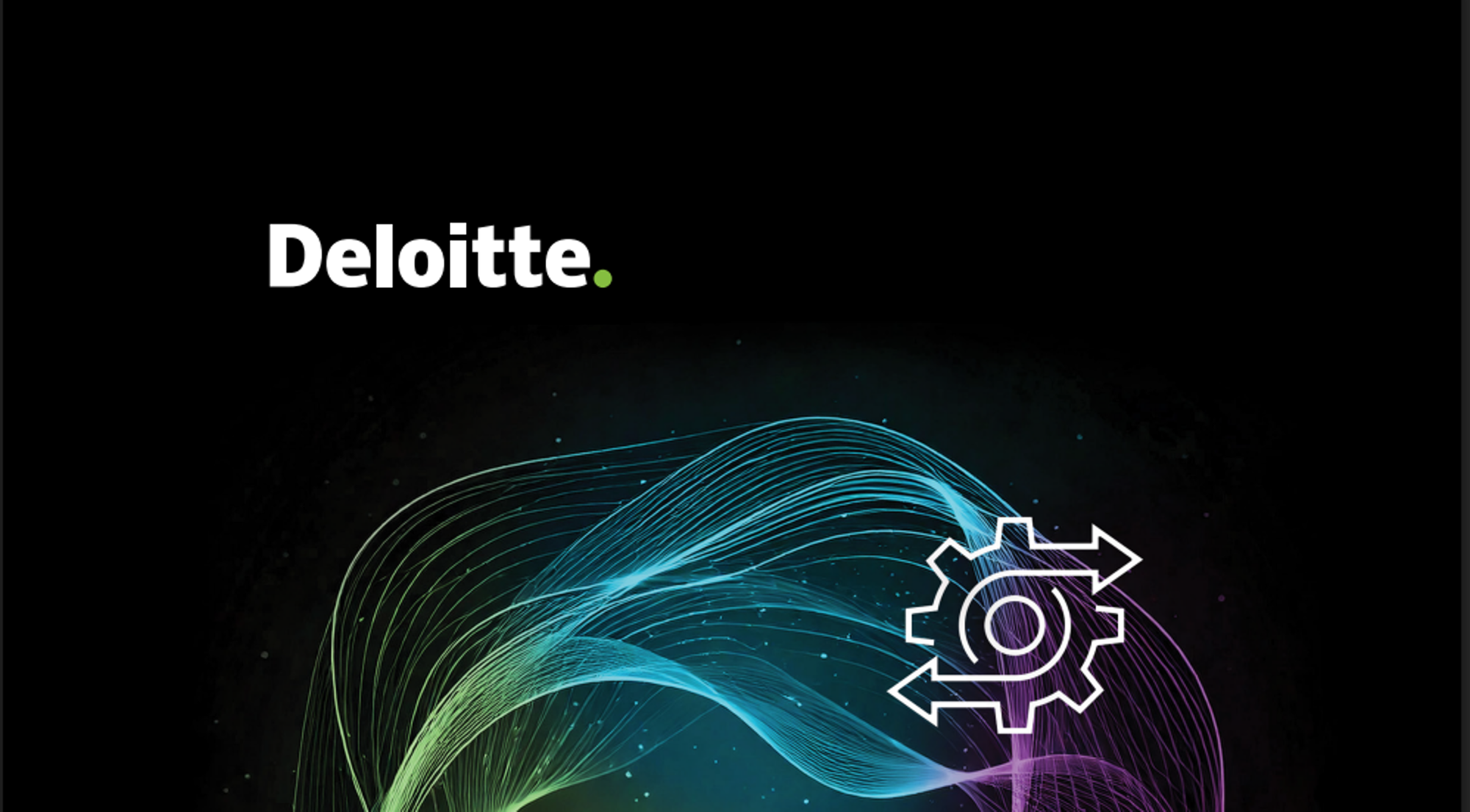The New Innovation Moment: Why Flexibility & Experimentation Matter Now
Contact centres and CX teams are entering a golden era for innovation. The new conversation isn’t about whether to use AI, but how to test and learn — rapidly, safely, and affordably — to beat the competition in experience and efficiency. Big pilots no longer require big budgets. The latest wave of open, democratised AI means any ambitious leader can now “kick the tyres” on the world's best tech for a fraction of the cost of yesterday.
What's new and genuinely exciting? The lab doors are open. Leaders are no longer constrained by licensing hurdles, heavy IT dependencies, or consultant fatigue. With new sandboxes, open ecosystems, and workflow “test kitchens,” the question for CX leaders is: "How do you want to play?"
Table: Practical Options for Prototyping & Open Innovation (2025)
| Option/Platform | Best For | Unique Value for CX Teams |
|---|---|---|
| Google Opal | Prototyping agent workflows | Drag, drop, and orchestrate “agentic” AI workflows visually |
| OpenAI Open Models (gpt-oss) | Custom, secure pilots | Fully flexible, open-weight models to pilot in your own stack |
| Hugging Face | Sharing or remixing AI tools | Find, mix, and collaborate with the world’s best AI assets |
| Cloud Sandboxes (Google, AWS, MS) | Fast, risk-free tests | Insta-trials; connect to real data in a gated environment |
| Anthropic Claude | Affordable, trusted LLM pilots | Enterprise-grade safety for risk-moderate pilots |
| Agent SDKs & Toolkits | Orchestrating multi-step CX automations | “Chain together” agents for rich, end-to-end customer journeys |
Key trend: CX and innovation teams are getting hands-on, rapidly turning ideas into outcomes.
The Shift: From Legacy Vendors to Test Kitchens & Sandboxes
Too many promising AI pilots stalled before launch, tripped up by expensive licensing or slow/rigid tech stacks. Today's landscape offers something radically different:
- Open-Source Explosion: With tools like Google Opal, Hugging Face, and OpenAI's open models, anyone can experiment at low/no cost. No more innovation bottlenecks at the procurement desk.
- No “IT Army” Needed: With low-code tools, sandboxes, and AI test kitchens, even non-technical CX or ops leads can put ideas into action and learn fast—no massive technical lift required.
- Bold Collaboration: Partner ecosystems and 'test kitchens' offer hands-on support, frameworks, and playbooks—greatly accelerating learning and avoiding rookie mistakes.
Should You Go DIY, DWY, or DFY? Choosing Your Mode
With so much new flexibility, a modern CX leader needs to pick the approach that fits both ambition and reality:
1. DIY (Do-It-Yourself)
Your team leads the entire process—using sandboxes, Opal, Hugging Face, etc.
Best for: Orgs confident in their digital skills, eager to own both learning and results, and with enough available bandwidth.
2. DWY (Done-With-You)
Partner with a specialised “AI Workflow Test Kitchen” or program.
Best for: Leaders who want pace and learning—blending their domain knowledge with outside expertise to accelerate value and skill-building.
3. DFY (Done-For-You)
Bring in outside experts for a turnkey outcome.
Best for: Fast-moving orgs with urgent needs, limited internal bandwidth or skill gaps, and a need for immediate, risk-managed results.
How to Choose: Capacity, Capability & Strategic Fit
- DIY when: You have digital skills, time, and need maximum internal learning and control. Iteration is welcome.
- DWY when: You want to build skills while accelerating outcomes. Blended teams help you avoid expensive missteps and get quick wins.
- DFY when: Speed, certainty, or available resources make outside delivery the best path—think high-stakes, mission-critical pilots or teams stretched thin.
Practical tip: Many leading orgs now mix and match—trying DIY for low-risk ideas, DWY for core innovations, and DFY for “must not fail” pilots or when upskilling is not a near-term priority.
The AI Workflow Test Kitchen Advantage
“AI Workflow Test Kitchens” are a recent, game-changing option. Whether internal or as a partner, these labs offer:
- Prototyping menus: From self-serve to full-service, pick what fits your maturity, from working side-by-side to fully managed delivery.
- Blended teams: Your knowledge, their expertise. Upskilling through exposure.
- Designed for fast, low-risk validation: Fail fast, learn faster, and never risk the core business or brand.
Look for test kitchens or partners with proven playbooks, frameworks, and “reuse assets” to reduce trial-and-error and speed time-to-results.
Comparison Table
| Approach | Best When... | Strengths | Risks/Downsides |
|---|---|---|---|
| DIY | Skills, time, appetite | Deep learning, control, low cost | Slower, risk of mistakes |
| DWY | Need guidance | Balanced risk, learn fast | Moderate cost, shared accountability |
| DFY | Capacity/skill gap, urgency | Fast, turnkey, expert | Higher cost, less capability growth |
When Should You Engage a Partner?
- Teams are at/over capacity and can’t lead new builds
- You want “quick wins” but lack deep AI or technical skills
- Pilots are high-stakes, public, or regulatory—where failure is not an option
- Leadership is impatient for results, or upskilling is as essential as the prototype
Why Leaders Are Excited—And The Culture Implications
Experimentation is now low-risk, high-reward. Leaders can:
- Actively shape and test new CX journeys, bots, and insight engines, fast.
- Share successes internally to fuel positive change and attract talent.
- Avoid vendor lock-in and the quagmires of old-school platform decisions.
Teams get more engaged—especially digitally confident managers and millennials, who see sandboxes as a playground for skill and career growth.
Perspectives: What’s Changing in Innovation Culture
- Leaders set culture: Championing a “test and learn” environment moves orgs from “wait and see” to “let’s try it now.”
- Boldness wins: Companies using flexible prototyping and open sandboxes outpace the market and deliver next-level CX.
- Open innovation is the new normal: Winning orgs share lessons, contribute to open ecosystems, and remix community-created toolkits.
Looking Ahead
The next wave of CX leadership doesn’t belong to those who “buy the best AI,” but to those who build cultures of relentless experimentation and creative learning. With this new toolkit of flexible, low-cost options and AI Workflow Test Kitchens, the future of CX innovation is accessible to all—starting today.
If you’re not pushing your teams to play, you might just be missing the moment. The best of AI innovation in CX is now flexible, affordable, and wide open. Why wait?

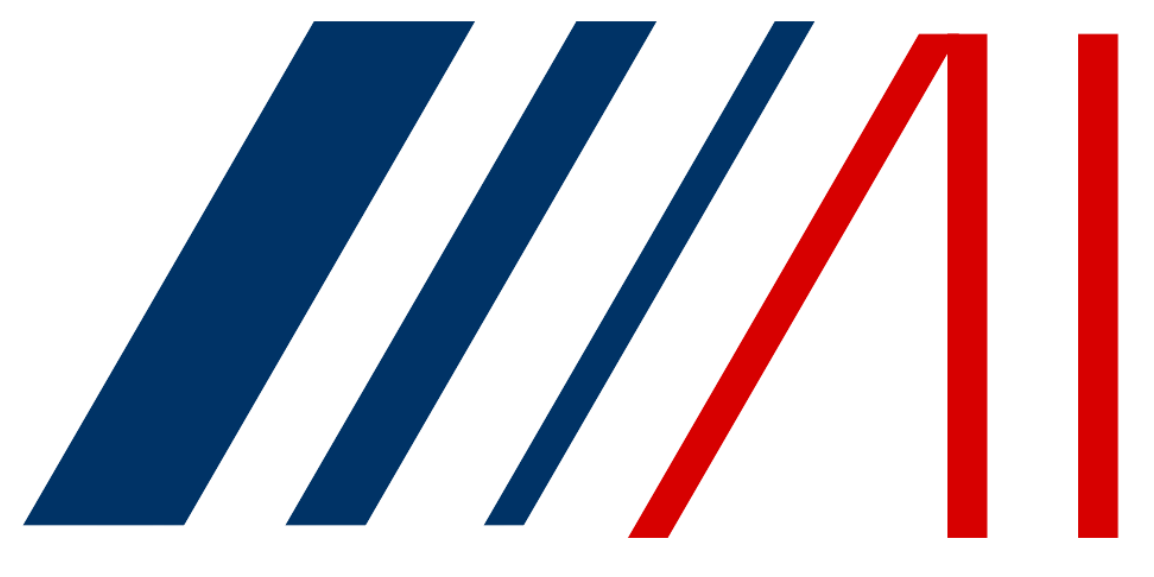
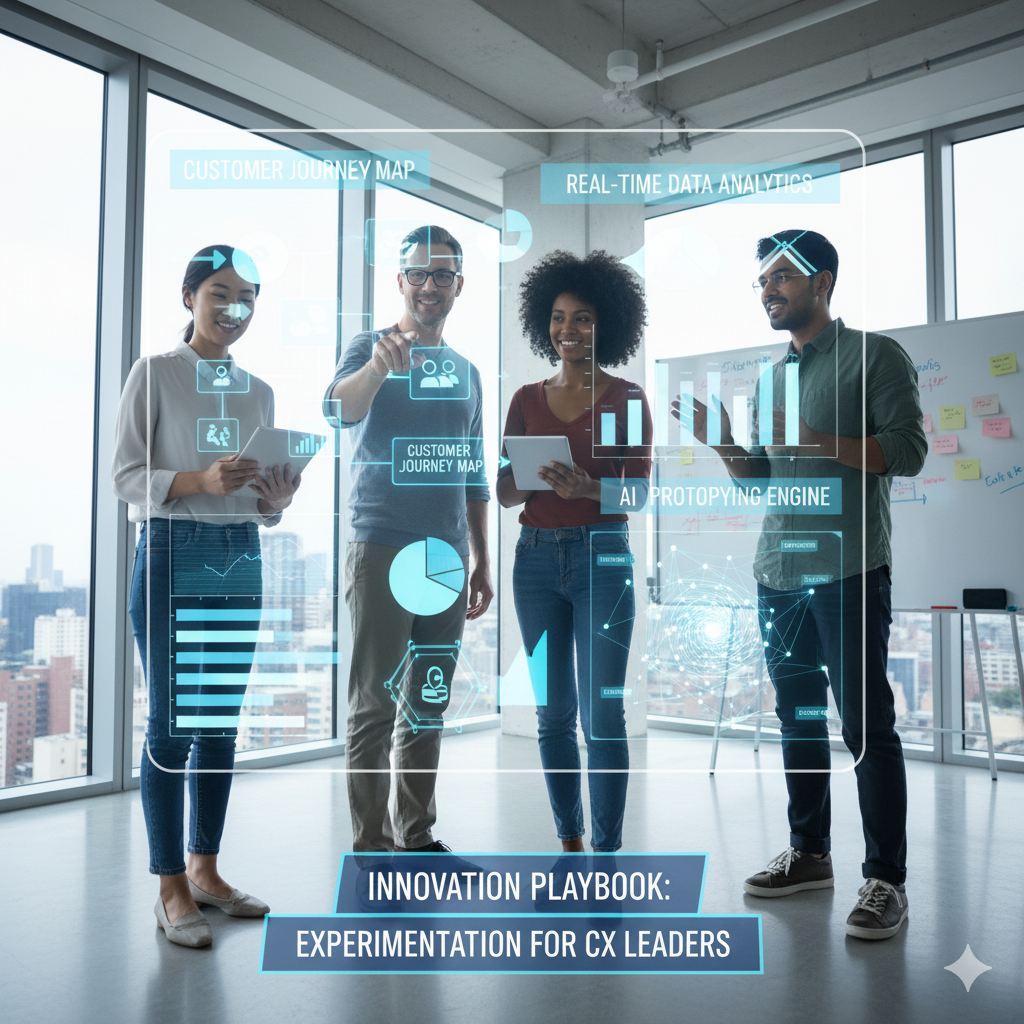
![Werner [1010]](/content/images/2025/08/LI-Profile-Picture--4--1-1.png)



